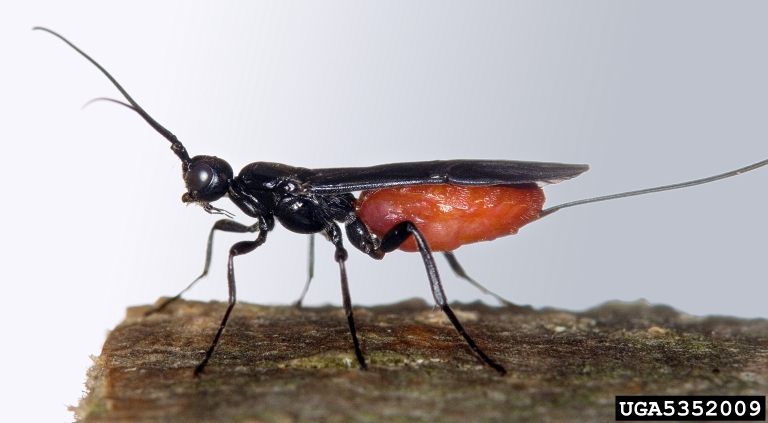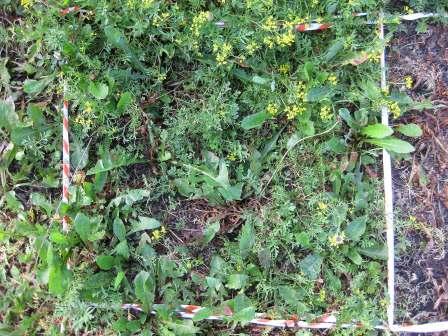Tuesday morning I started the day by going outside, lighting a propane torch, and doing a little bit of flame – weeding for a demonstration. Then I went inside, answered a few e-mails, and worked on a paper. Around 4:00 I decided to go get a haircut because Wednesday I was due to speak before a portion of the Minnesota congress, along with a Professor in the department of Plant Pathology, to seek funding for a project that we have which identifies Dutch elm disease resistant elms in Minnesota.
In short, up until about 4:00 on Tuesday, I was feeling pretty darn professorial not to mention highly important.
Then, just before I headed out the door, an e-mail came across my computer screen, letting our department know that Bud Markhart had passed away.
For those of you who didn’t know Bud, he was a professor in the Department of Horticultural Science here at the University of Minnesota. He was a plant physiologist who also did a lot of lecturing and work with organics. He taught, among other things, a hands-on organic production course.
His passing wasn’t a surprise. He was only 60, but he’d been fighting cancer for a few years and all of us in the department were aware that he probably didn’t have much time left. Still, it hurts to lose someone like him.
As I’ve gone through my academic career I’ve had the opportunity to meet a lot of academics. To make an unfair generalization, we tend to be self-righteous, self-important, and highly critical of others. Bud was none of these things, and because of that he was loved and respected by many people both inside and outside of academia, but especially by students who were deeply appreciative of a professor who treated them as equals and didn’t talk down to them. He earned the highest teaching award presented by the University of Minnesota, the Morse Alumni Teaching Award, a couple of years ago. But the fact that he taught a class this past spring despite his illness reveals more about his commitment to students than any award could.
Personally, well, this is the guy who invited my wife and I to his house for Thanksgiving the first year that I lived in Minnesota. In fact, he’s the guy who invited my Dad and me over my first day in Minnesota.
I think that a lot of people who talk about the recently departed refer to themselves as being closer to the departed than they actually were, and I don’t want to do that. Bud and I were colleagues and, though I considered Bud a friend, we weren’t particularly close. Still, I always knew that Bud’s door was open if I ever wanted to talk about anything. He cared about people and he let it show. His presence in our department, and in the small world that is horticulture, will be sorely missed.















